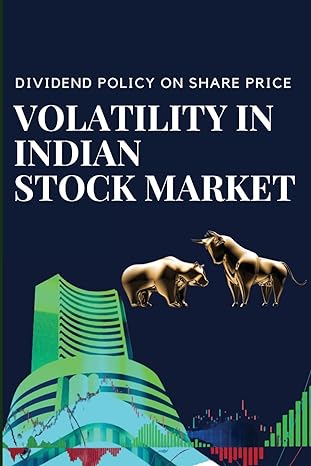Question
Q2). Willingness to Pay for Insurance. Tom Brady has finally decided to quit football, and open a burrito restaurant in Scottsdale. Table 1 shows his
|
Q2). Willingness to Pay for Insurance. Tom Brady has finally decided to quit football, and open a burrito restaurant in Scottsdale. Table 1 shows his projections for the first 5 years of operating profit (in millions of dollars). Although he is a pretty good football player, he is not very good at math, so does not understand how his risk aversion affects the price that he would be willing to pay to insure the stream of profit he expects from his restaurant. Use the data in table 1 to answer the questions that follow (assume all values are in millions of dollars). Table 1. Expected Utility of Profit | |||||||||||||||||||||||||||||||
A.) Assume his coefficient of risk aversion is 0.3. Show Tom how this level of risk aversion means that his expected utility of profit differs from this utility of expected profit, and briefly explain the significance for his willingness to bu insurance. B) Tom is actually thinking of buying business insurance from another retired football player, Brett Favre. Use the concept of certainty equivalence to show how much Tom should pay to insure the income stream above. C) Ten years down the road, Tom now has 5 more children, so is much more risk averse than he was when he opened the restaurant. If his coefficient of risk aversion is now 0.8, show how his willingness to pay for insurance changes.
|
|
Step by Step Solution
There are 3 Steps involved in it
Step: 1

Get Instant Access to Expert-Tailored Solutions
See step-by-step solutions with expert insights and AI powered tools for academic success
Step: 2

Step: 3

Ace Your Homework with AI
Get the answers you need in no time with our AI-driven, step-by-step assistance
Get Started


